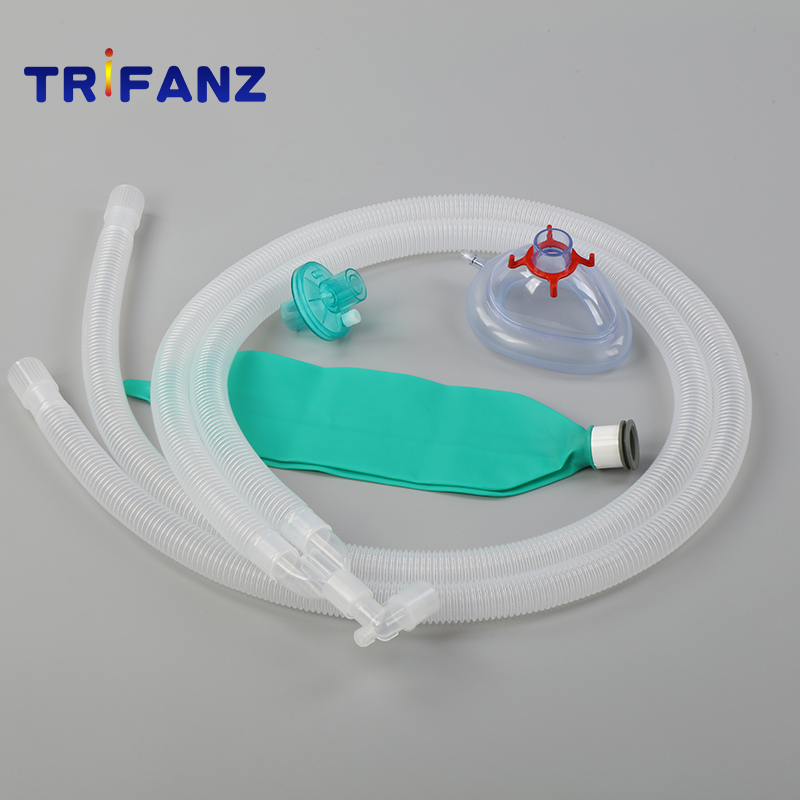1. Early seedling rice dry seedlings have obvious advantages compared with water seedlings and water-growing seedlings, and all indicators of seedlings have reached the standard of strong growth. After transplanting, the seedlings are fast, the tillers are early, and there is no slow seedling period. Dry nursery can reduce and save 60% to 70% of the water used in the paddy field. The water can be saved by 150 cubic meters per acre, saving 15 yuan for water. At present, the county has promoted and applied garden isolation layer dry nursery and high-grade non-woven fabrics with an area of ​​400,000 beds, each of which is 15 square meters, accounting for more than 80% of the total area, laying a solid foundation for rice production.
2. Late-maturing late rice transplanting late in summer can avoid the effects of drought and water shortage and monsoon in early spring, and it is connected with the rain season in June to achieve the goal of drought resistance and yield increase. The time for late rice transplanting in Dayi County is from April 20 to 25, and transplanted from June 10 to 15, which is delayed by 15 to 20 days than the conventional seedling and transplanting period. The water consumption period is shortened and the irrigation is reduced. 3 times, water saving 200 cubic meters per mu, saving water costs 20 yuan. The Shennong 265 variety suitable for late breeding in this area has good resistance and high yield performance. The growth period is 145-150 days, and the average yield per mu is 650 kg, which is 8% higher than the control.

3. The three dry land preparations are dry and dry land, dry land and dry land leveling, which is an effective measure for water-saving rice cultivation. Three dry land preparation can improve the quality of the land preparation, improve the physical and chemical properties of the soil, and lay down the pine on the ground, which is conducive to the rooting of the rice roots. Achieving a paddy field can achieve the standard of water-tight and mud-free, saving multiple irrigation and water-saving costs, and creating favorable environmental conditions for rice growth and development. The three dry land preparations generally start from the beginning of April. The first is the mechanical dry rotation, and then the artificial drought is used to make the grid. The Tiange should not be too large. It is suitable for 1 mu of land. After the grid is broken, the clods are broken, the artificial drought is leveled, and the four sides are filled. These assignments will be completed by the end of April.
4. Shallow-dry-wet irrigation In the tillering stage, the shallow water layer is used for shallow tillage, but the ground temperature is raised, the tillering is promoted, and the number of stems per acre is reached as soon as possible. At the end of the tillering stage, when the rice plant grows too prosperous, the color is dark green, and the number of colonies is large, it is necessary to withdraw water to dry the field to control the ineffective growth, and it is generally appropriate to dry the field for 5 to 7 days. The rice roots gradually senescence during the filling stage. At this time, the focus of field management is to maintain the vigorous vitality of the roots and delay aging. The shallow, wet and dry irrigation methods are alternately carried out in the management of the water layer, which can increase the oxygen concentration in the soil, minimize the flooding of large water, and timely remove the water after the rain to adjust the water layer. Irrigation depends on the ground and seedlings. Scientific water is used to coordinate the relationship between gas, heat, fertilizer and light, so that the development of rice population tends to be reasonable, reducing the control of ineffective growth and the occurrence of various diseases, thus increasing production and income.
The promotion and application of rice water-saving cultivation method has received obvious results. The production practice proves that the application of the integrated water-saving method saves 450 cubic meters per acre, saves water costs by more than 40 yuan, increases rice production by 30 to 50 kilograms, and increases production by 5% to 8%. The total increase in production is 100 yuan.
The Corrugated Circuit is non-rigid tube used to convey gases or vapors between components of a breathing system. It`s mainly made of EVA material, extremely flexible, kinking resistant, very high quality. It can be assembled with water trap, anaesthesia mask, Breathing Bag, BV filter, HMEF and so on, to fit with various needs. Thus, there are different models according to the assembled accessories and tube length.

1 set of circuit include:4 tubes,2 straight connectors,1 Y-connector,1 elbow connector with luer cap,2 watertraps
size:Adult(ID 22mm),Pediatric(ID 15mm),Neonate(ID 10mm)
Made of medical grade silicone/ PVCCircuit for breathing machine and anesthesia machine
Regular connector size (15mm, 22mm)
Any length for tube is available
Optional spare parts:Anesthesia mask,Breathing bag,BVF/HME filter,catheter mount,extra limb,sampling line,suction tube,airway cannula,Endotracheal tube, double lumen endobrochial tube, Laryngeal Mask Airway, mask, etc.
Corrugated Breathing Circuit,Corrugated Ventilator Circuit,Disposable Ventilator Circuit,Corrugated Anesthesia Circuit
Hangzhou Trifanz Medical Device Co., Ltd , https://www.cfzmed.com